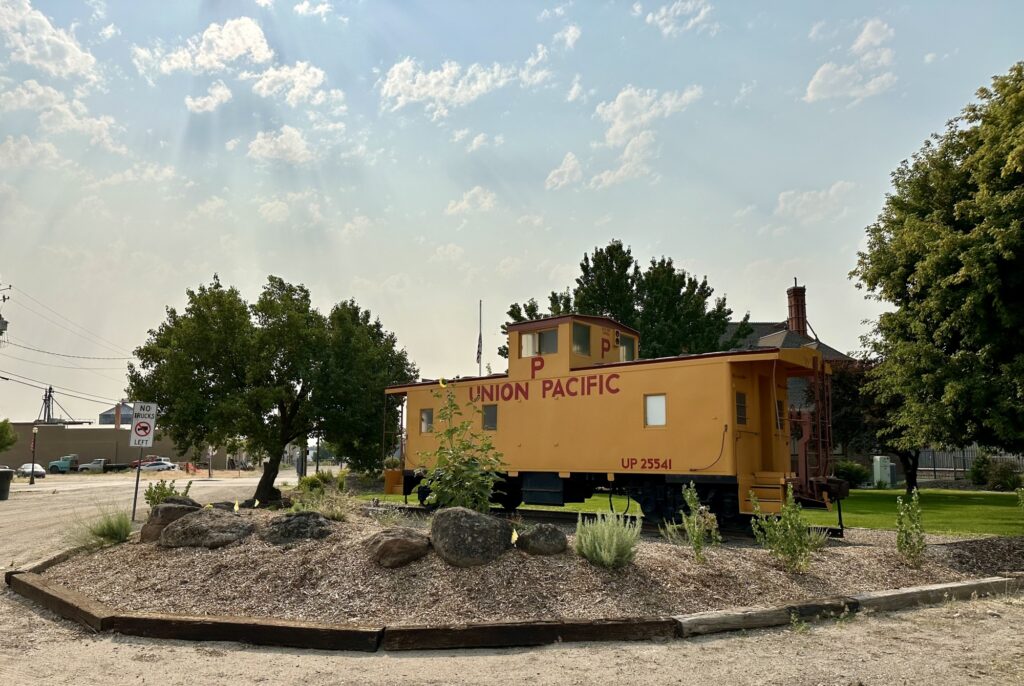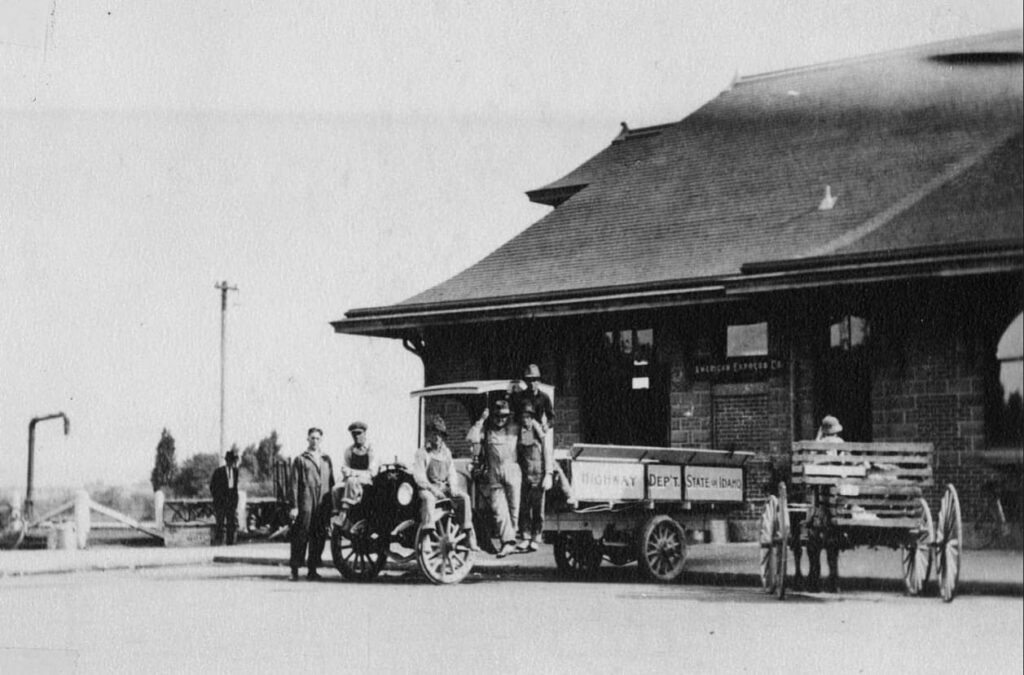
History is not the past. It is the present. We carry our history with us. We are our history.
— James Baldwin
Upcoming Events
There are no upcoming events at this time
Step Into Our Past
Discover the people, places, and pivotal events that built Weiser through stories, buildings, and photos – bringing the region’s rich heritage to life.
History Past & Present
You’ve got to check out the photo gallery — seriously.
It’s packed with incredible snapshots from Weiser’s past: dusty streets, proud pioneers, classic storefronts, and moments that shaped the town. If you like history (or just really cool old photos), you’re gonna love it.




